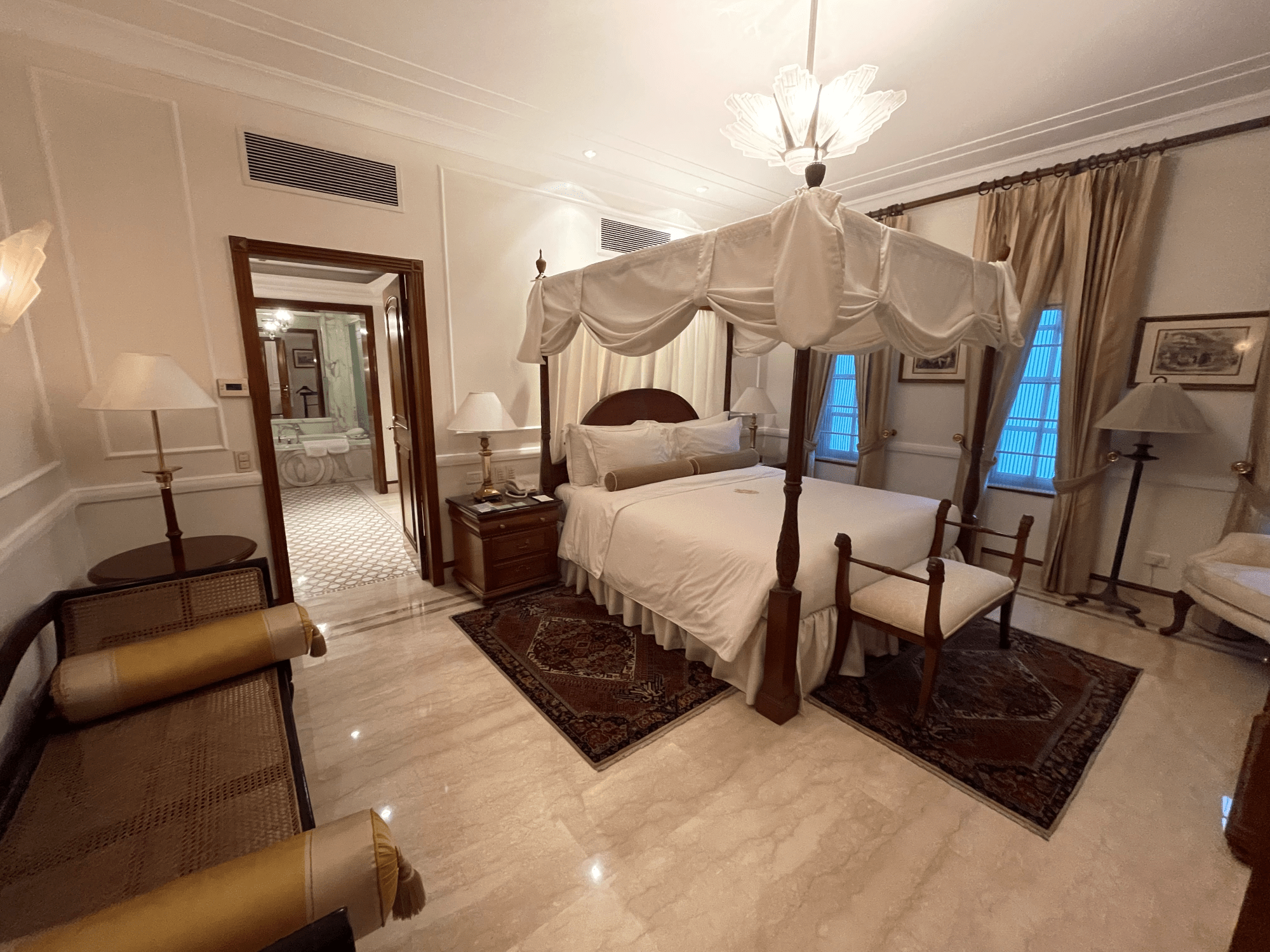Delhi has seen the rise and fall of many empires and each dynasty of Kings has left behind monuments and memories to commemorate the grandeur of bygone days. Very few cities in the world offer such diversity in architectural styles as Delhi.
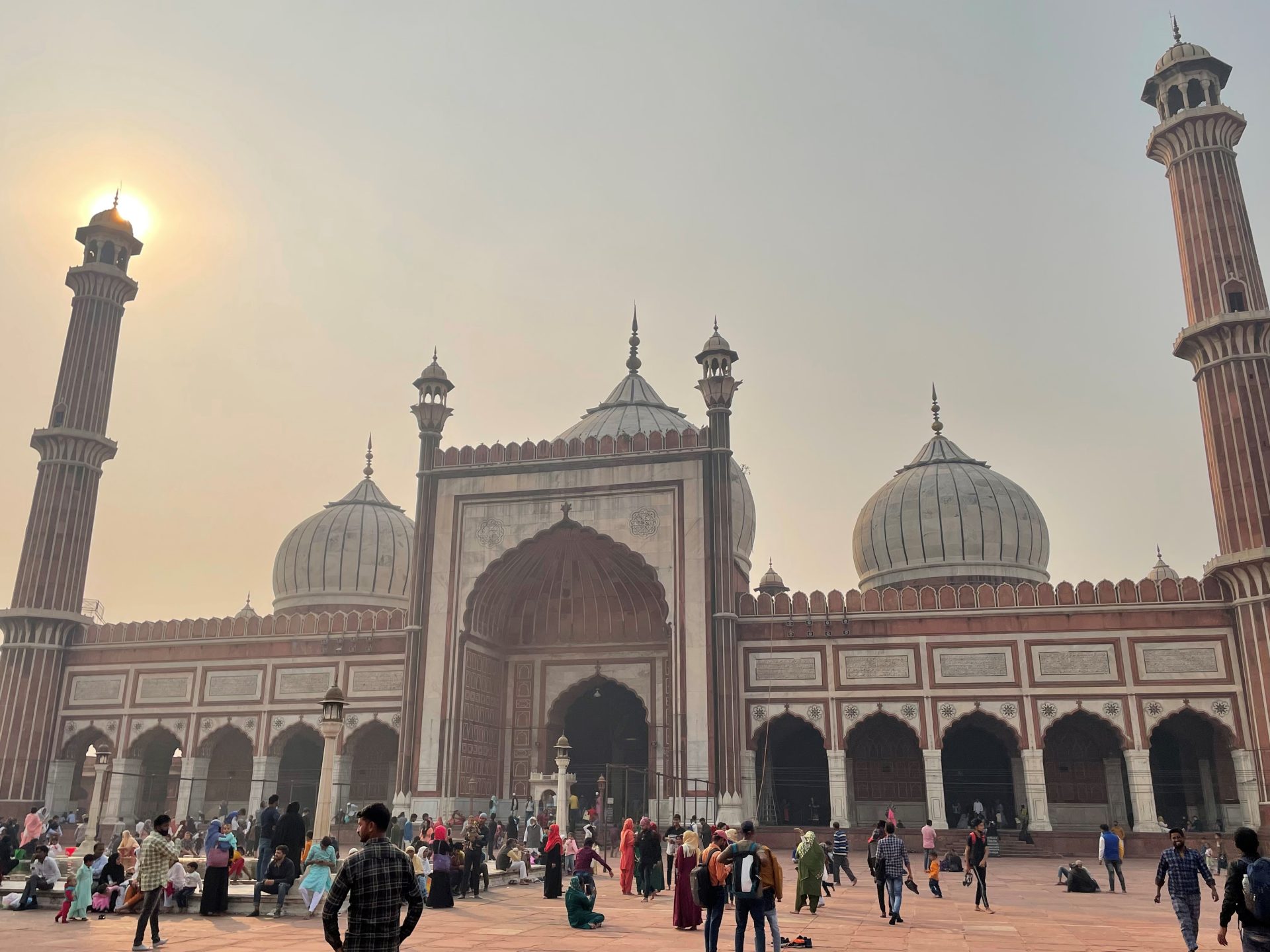
The Old city of Delhi today stands as an epitome of the whole history of Indo-Islamic architecture. My first tour was to old Delhi. It is truly an experience to behold and one everybody should experience. Probably the best way to describe it is ‘organised chaos’. It appears to be in a complete frenzy with tuk tuks, motorcycles, cars, bicycles, buses and people all sharing the same road and then when you get to the bizarres and street markets of Chandni Chowk. Its back roads are a tide of people, more tuk tuks, people pulling barrows and carrying huge bags of merchandise on their backs and heads.
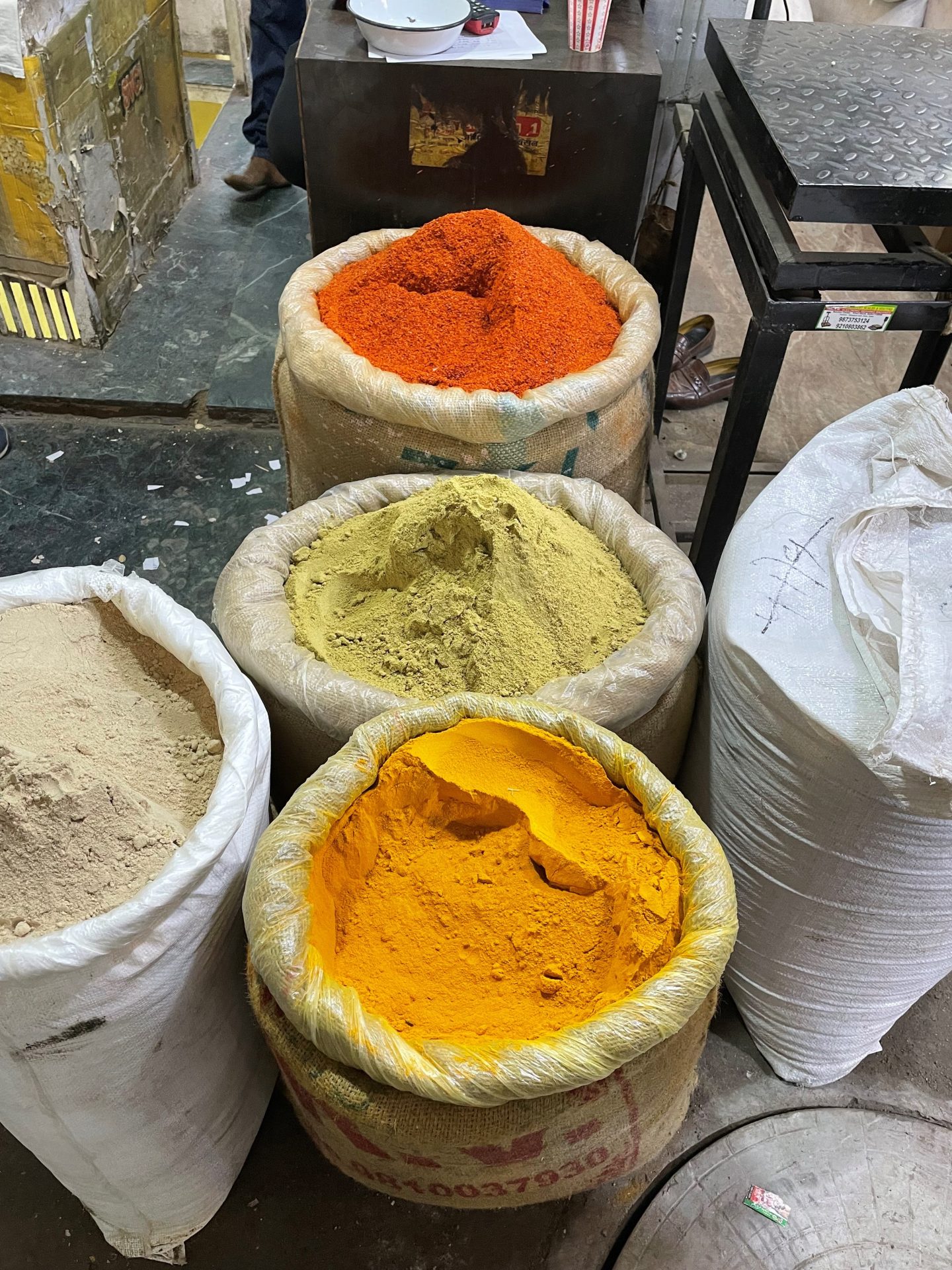
As I travelled through the streets by cycle rickshaw, amidst the sheer volume of people, you are treated with the virbrant and resplendent colours of the flowers, clothing and the merchandise on sale. Plenty of workers sit with their tools waiting to be assigned work alongside food vendors cooking fresh treats. There is a constant noise and potent smells of the spices as you battle your way through the wall of people trying to find some space – it compares to the London Underground in rush hour, just add the rickshaws, barrows and cycles. But, despite the shear madness and bedlam there seems to be a purpose to everything going on which is both intriguing and fascinating as business is happening before your very eyes. I am not sure I could cope with this way of life personally, but I absolutely loved being in the middle of the utter turmoil – it has been described as ‘functional anarchy’ and now I can see and understand why!
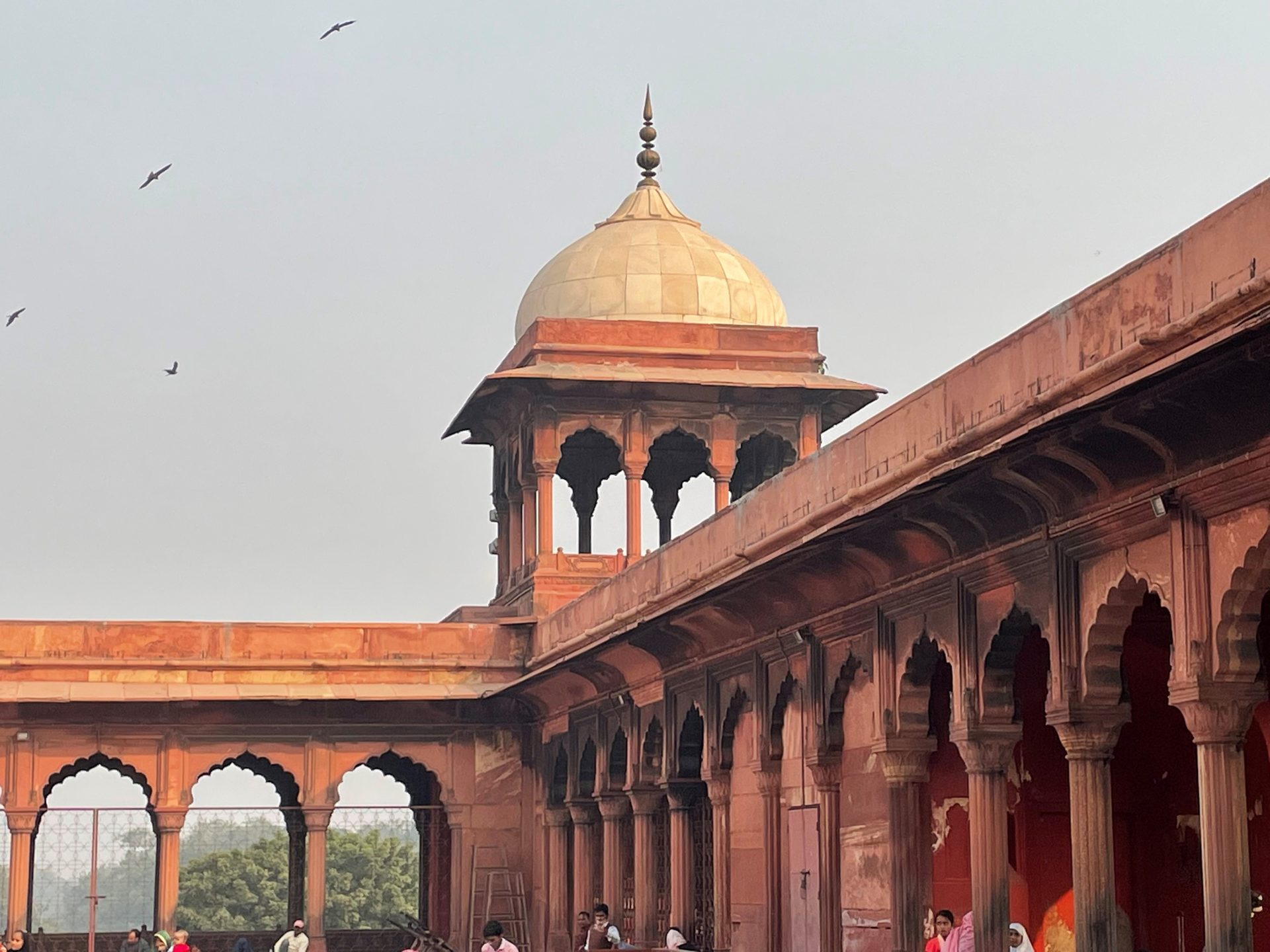
I was also treated to the Jama Masjid outdoor mosque which is beautiful. The architecture and the sheer size are certainly worth a visit and the 2km square red fort that you could see from the distance is quite remarkable. I also saw part of the city walls – one of the four gates still remains – and the tranquil setting of Raj Ghat which is the cremation site of Mahatma Ghandi, a memorial dedicated to him.
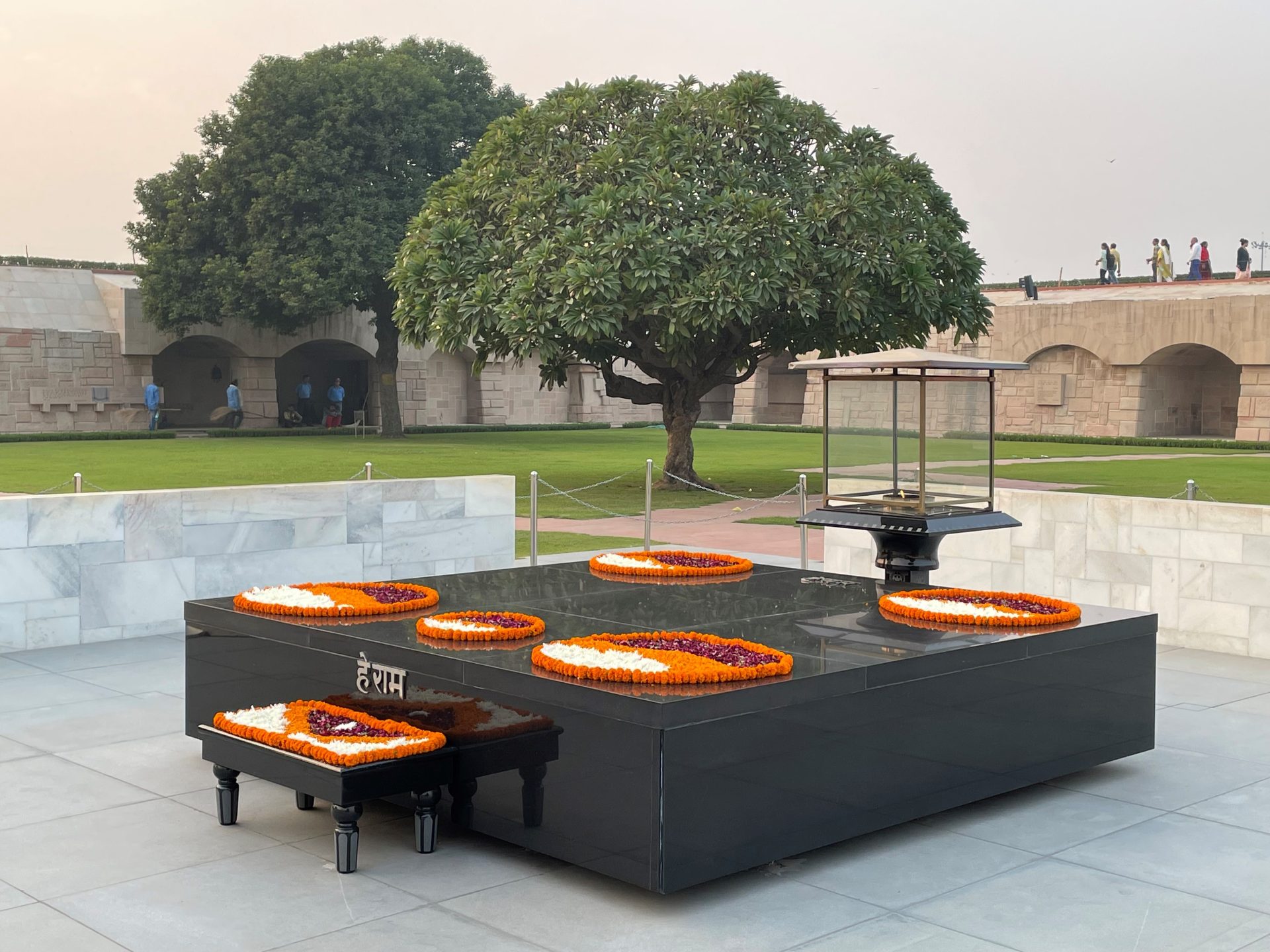
Then we have New Delhi.
New Delhi is a complete contrast to that of Old Delhi. It’s wide modern roads, huge roundabouts and civilised traffic give it an air of order and sophistication whilst still managing to maintain lots of Indian character. The presidential palace designed by Lutyens and Buckingham Palace fades into insignificance when you compare the size and scale of the buildings. I also saw Parliament House and India gate, the memorial built in memory of those that lost their lives in WW1.
Then it was off to the Tomb of Humayun, a Moghal king and great grandfather of Shah Jahan. Interestingly it was Humayun’s wife that instructed the tomb to be built for her husband whilst it was Shah Jahan who commissioned the Taj Mahal to be built for his wife. The entrance gates, the gardens and the palace itself are breath taking. Also, in the same grounds you will find the tomb of Isa Khan a former Afghan Sultan.
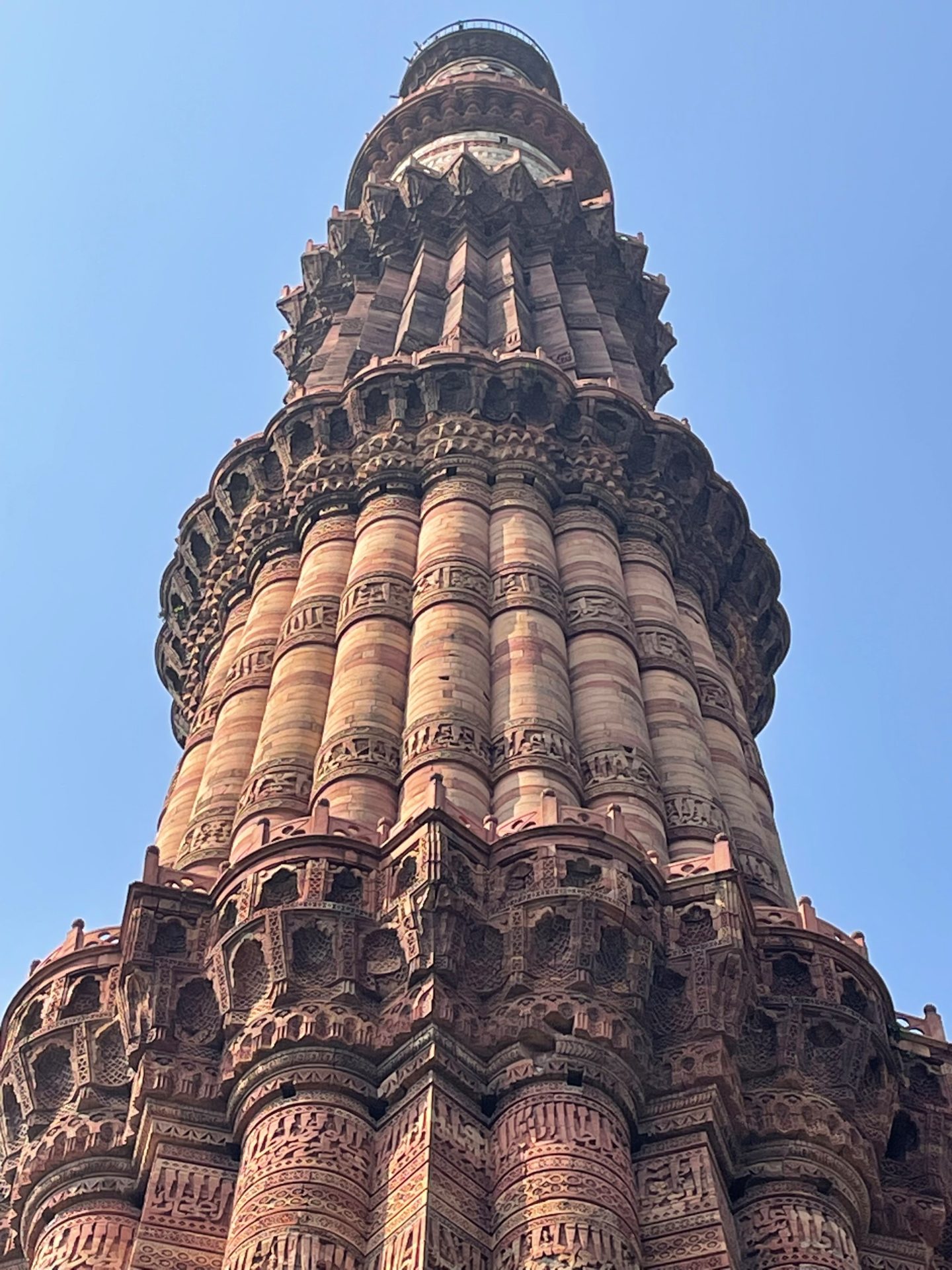
I was then taken aback by the Qutub Minar complex which has the oldest and highest handmade stone/brick tower in the world built in 1199 (72 metres/230feet high). The Alai minar was commissioned to be twice the size but no one wanted to complete the project, so the 24.5 metre tower was left as a rubble of masonry and remains untouched today. Finally, you can’t fail to be impressed by the outdoor Qutub mosque. This was built using the materials of 27 temples (both Hindu and Jain) that were destroyed and the mosque erected as a sign of power. As you walk through the columns you can see there are no mirror image of anything, but the Sheer ambition, patience and foresight that would have been required to match the pieces and build the complex is incredible – who says recycling is a new thing!
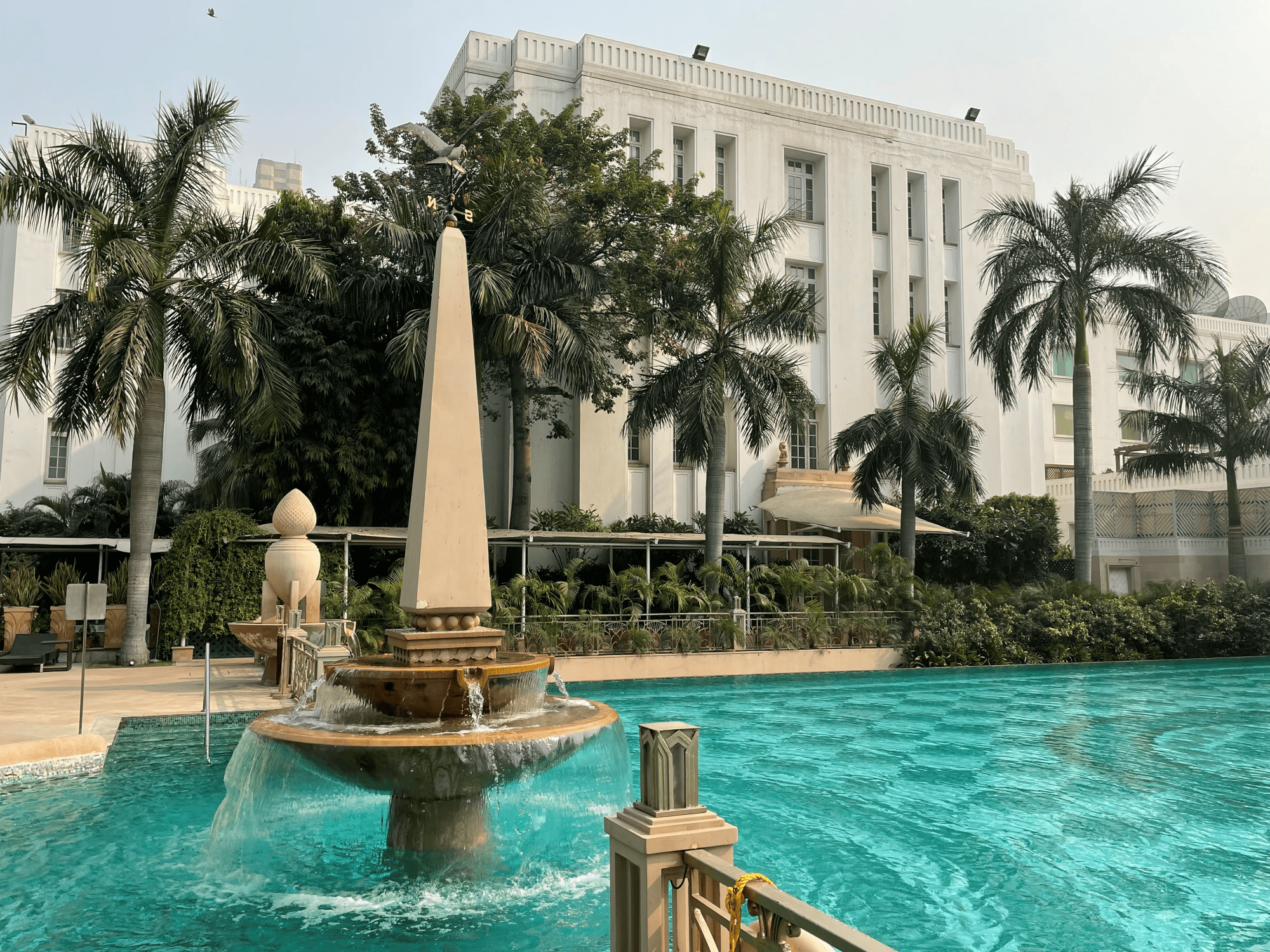
The Imperial Hotel
An oasis of calm and comfort sums up the understated luxury of Lutyen’s masterpiece- The Imperial New Delhi, bestowed with the prestigious title of the Best Heritage Hotel by Travel + leisure India’s Best Awards 2017 and the only hotel amongst 7 hotels in India to be listed in Conde Nast Gold List for 2018. An iconic hotel and the most distinguished address situated in the heart of the capital, it is reminiscent of the halcyon days of the Raj. A luxury hotel with an awe-inspiring heritage interwoven in colonial elegance, it dwells in its modern delivery of old-style class and magnificence. The royal palms that lead up to the porch are an integral part of and witness to the very creation of Delhi. The rooms are large and airy and very very comfortable. Attention to detail here is second to none and the service was exemplary. In terms of food, it had a good choice of restaurant with a variety of different tastes – something for everyone and the breakfasts were to die for.
